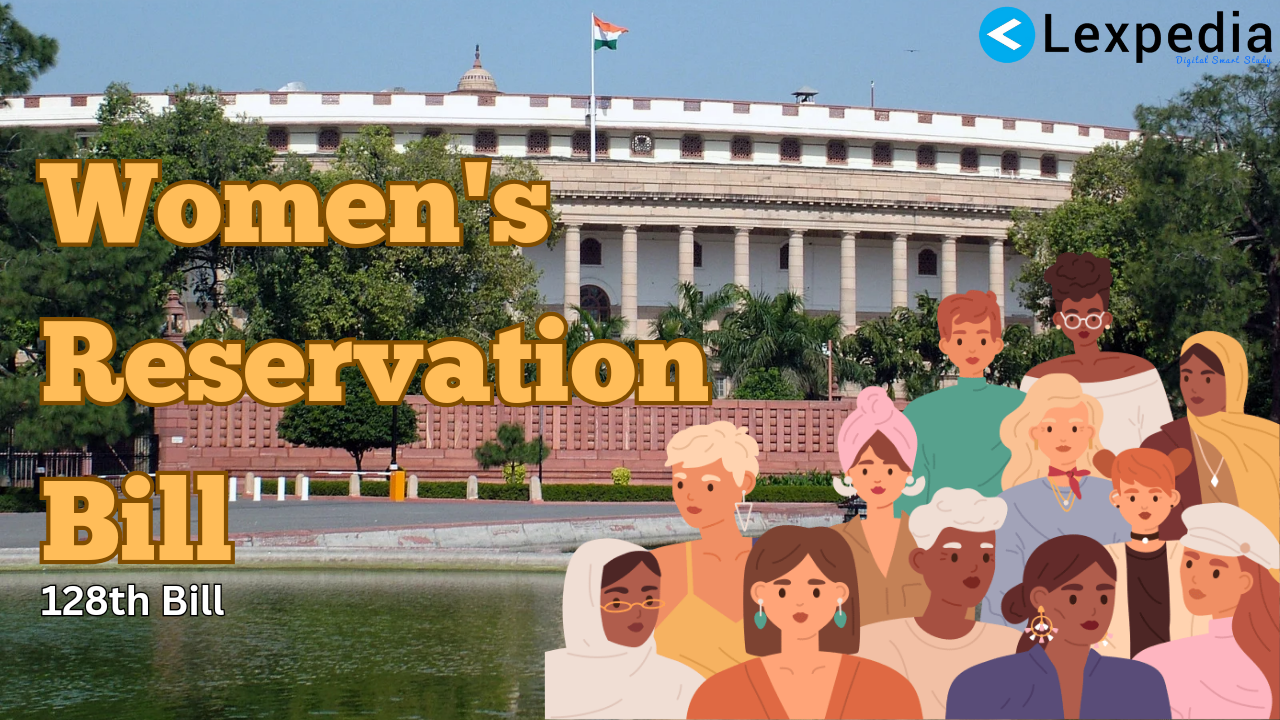
Environmental Justice in India: Navigating the Path to Equitable Sustainability
- Lexpedia
- September 4, 2023
- 3:14 pm
Share Post :
Introduction: Environmental justice is a fundamental concept that seeks to address the unequal distribution of environmental burdens and benefits within societies. In a country as diverse and populous as India, the pursuit of environmental justice takes on even greater significance. The interplay between environmental degradation, economic development, and social equity has led to complex challenges that demand innovative solutions. This article delves into the key aspects of environmental justice in India, analysing its historical context, current issues, and potential strategies for achieving equitable sustainability.
Historical Context: India’s history is intertwined with its environment, as the country’s cultural, economic, and social fabric has evolved alongside its natural resources. The colonial period witnessed the exploitation of India’s resources for the benefit of colonial powers, resulting in significant environmental degradation. After gaining independence in 1947, India’s focus shifted towards economic development, often at the cost of environmental concerns. Rapid industrialization and urbanization led to air and water pollution, deforestation, and loss of biodiversity, affecting marginalized communities disproportionately.
CURRENT ISSUES IN ENVIRONMENTAL JUSTICE:
- Air and Water Pollution: Poor air quality and contaminated water sources pose severe health risks, disproportionately impacting vulnerable communities. Industrial emissions, vehicular pollution, and inadequate waste management systems contribute to the problem.
- Land Degradation: Land-use changes, including deforestation and urban sprawl, have led to soil erosion, reduced agricultural productivity, and loss of traditional livelihoods, often affecting indigenous and rural communities the hardest.
- Displacement and Marginalization: Development projects such as dams, mines, and infrastructure often lead to the forced displacement of communities, predominantly those belonging to marginalized groups. These communities frequently lose access to natural resources critical for their survival.
- Climate Change Vulnerability: Climate change effects like droughts, floods, and extreme weather events disproportionately impact impoverished communities that lack the resources to adapt and recover effectively.
- Waste Management: Improper waste management, particularly electronic waste, contributes to environmental pollution and poses health risks to informal waste workers, who are often from marginalized backgrounds.
EXAMPLES OF ENVIRONMENTAL INJUSTICE:
- Bhopal Gas Tragedy: The Bhopal gas leak in 1984 remains one of the worst industrial disasters in history. The incident disproportionately affected the marginalized communities living near the Union Carbide factory, highlighting the unequal burden of environmental hazards.
- Sardar Sarovar Dam: The construction of the Sardar Sarovar Dam displaced numerous indigenous communities without adequate compensation or rehabilitation, sparking debates on the trade-off between development and social justice.
STRATEGIES FOR ACHIEVING ENVIRONMENTAL JUSTICE:
- Legal and Regulatory Framework: Strengthening and enforcing environmental regulations is crucial. This includes holding industries accountable for their pollution and ensuring that marginalized communities have a platform to voice their concerns.
- Community Participation: Engaging local communities in decision-making processes related to environmental matters ensures that their needs and perspectives are considered. This includes obtaining Free, Prior, and Informed Consent (FPIC) for projects affecting indigenous land and resources.
- Equitable Development: Rethinking development policies to ensure they benefit all sections of society and do not exacerbate existing inequalities is essential. This involves adopting sustainable practices and promoting green jobs.
- Awareness and Education: Spreading awareness about environmental justice issues, especially among marginalized communities, empowers individuals to advocate for their rights and well-being.
- Access to Justice: Simplifying legal procedures and providing marginalized communities with access to legal aid can help them seek justice in cases of environmental harm.
- Green Technologies: Promoting the adoption of clean and sustainable technologies reduces pollution and environmental degradation, benefiting both the environment and vulnerable communities.
Case Study: The Forest Rights Act (2006): The Forest Rights Act aimed to rectify historical injustices by recognizing the rights of forest-dwelling indigenous communities over their ancestral lands and resources. The Act is a significant step towards addressing environmental injustice by empowering marginalized communities and involving them in forest management.
Conclusion: Environmental justice in India is an intricate challenge that requires multidimensional solutions. The nation’s journey towards equitable sustainability involves acknowledging historical inequities, mitigating current environmental issues, and fostering inclusive development. By prioritizing the voices and needs of marginalized communities, strengthening legal frameworks, and promoting sustainable practices, India can pave the way for a more just and sustainable future. The pursuit of environmental justice is not just an ethical imperative but also a crucial step towards creating a resilient and harmonious society.


















